How to Find a Good Renovation Project
On the hunt for a new house project and wondering how to assess a home for renovation? Our complete guide shows you how to spot key design and financial potential before you buy
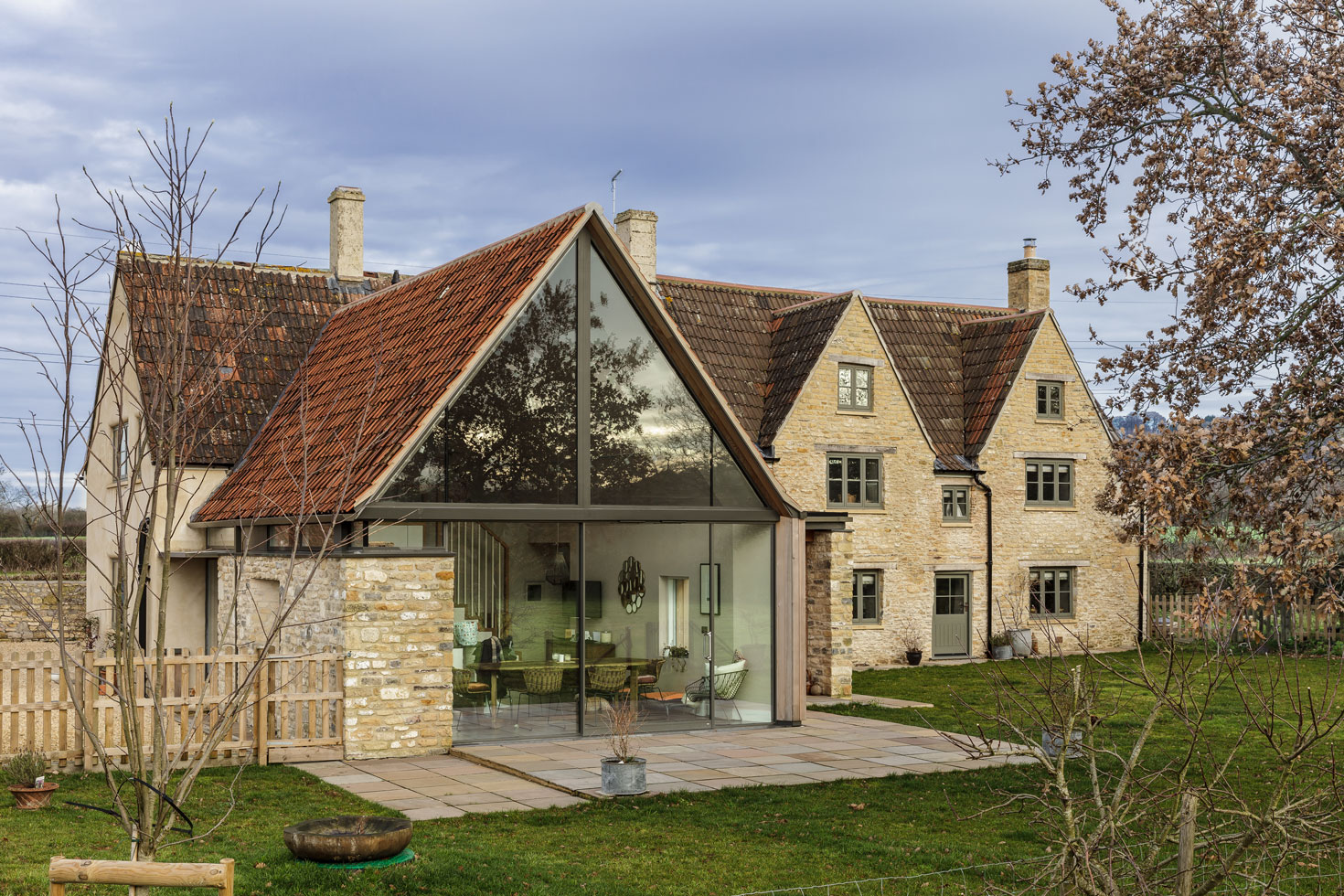
Assessing a home for renovation is not always easy. There are lots of reasons why people decide to renovate a house — from making a profit to putting their own stamp on a property. Whatever the motivation, the original house – that is, the one you are buying – is key. Choose badly and all subsequent work could well be in vain.
The magic ingredient for the perfect renovation project is potential. However, assessing potential from the hundreds of thousands of properties for sale each year isn’t as easy as you might otherwise think.
Deciding whether the property is a good buy or bad means weighing up those costs associated with rectifying defects and problems, together with the purchase price, against the likely end value.
(MORE: Renovating a House)
How do I Find a Renovation Opportunity?
Whilst it might be pretty simple to use a quick online search to bring up a whole host of properties in need of modernisation, the hard bit is sifting through what’s on offer. Not all agents recognise the potential that some homes have, so be open to ideas — two bedroom detached bungalows being a good starting point for small homes on bigger plots that have lots of scope for improvement, for example.
Another good tip is to drive around and identify potentially empty properties — track down the owners, who may be willing to sell to you in order to save on estate agent’s fees. Also, don’t forget the key marketplace for run-down homes — auctions.
Firstly, search the Land Registry online. For £3 they’ll let you see the title register if the house has been sold since 2000. If it hasn’t, turn detective. Ask neighbours, join local online groups and even mailshot the house itself.
How to Assess a House for Renovation Potential
Before you begin to assess the design potential and structural condition of a property, there are a few basic questions to ask yourself:
- Is it in a good location? This could mean that it is in an area known for its good schools or transport links, away from any main roads or next to land that is likely to be bought up by a developer.
- Is there scope for off-road parking where there isn’t any?
- Have neighbouring properties recently been extended (indicating that local planners are open to the idea)?
These are all things that are fixed and can’t be changed, unlike rotten windows and a damp problem.
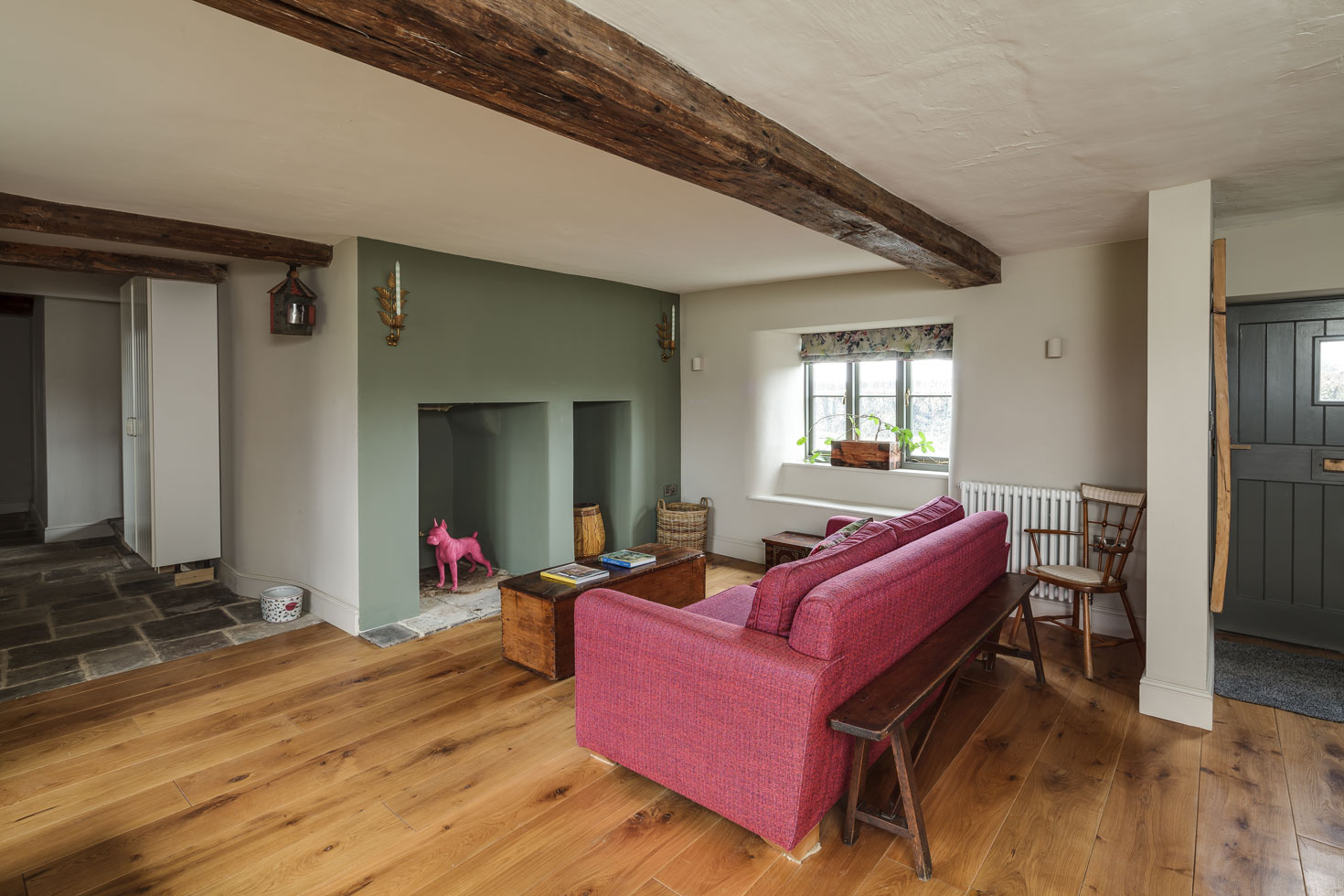
How to Assess the Design Potential of a House
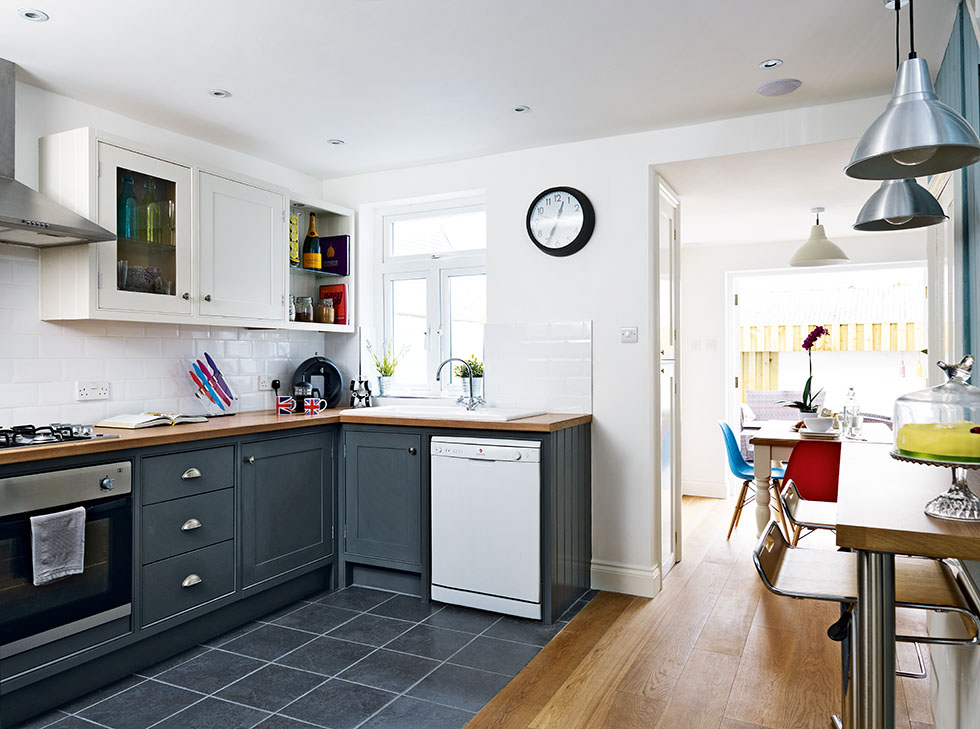
It doesn’t make sense to spend on any design fees before you have bought a house. What this means is that you, as the potential new owner, will need to work out what could be done in the name of renovation and improvement to any house you are interested in.
Firstly, consider the basic things tasks that will need to be carried out in design terms to bring the house you’re considering up to your requirements.
- How many extra bedrooms or bathrooms will it need?
- What about kitchen size (the smaller kitchens common in older properties being the number one ‘room for improvement’?)
- How is the current layout working? How could it be improved or opened up?
- Is there scope to extend?
- Is there potential for a loft conversion?
The answers to these questions can then begin to form the basis of any renovation works you plan and will also help you calculate they kind of costs you might be looking at should you take the project on.
Secondly, number and size of rooms aside, assess the problems with the layout and internal finishes. Do they have the potential to be improved?
- Do the rooms flow?
- Have previous extensions created ‘corridor’ rooms that seem awkward?
- What about orientation and room positioning?
- Do the main living areas overlook the garden or a view?
- What about the position of what will become the master bedroom?
- Is the only bathroom downstairs?
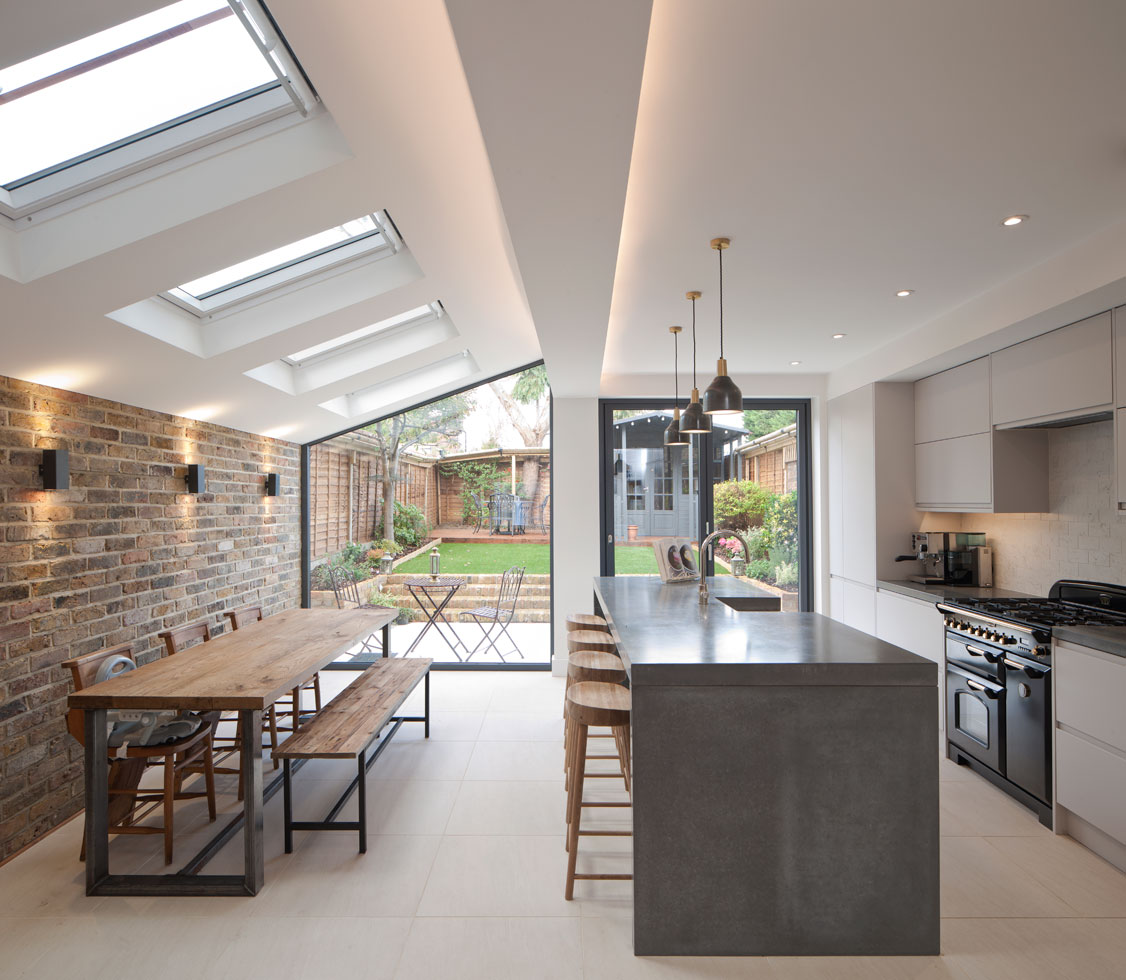
Lastly, consider the exterior of the property. Assess windows not just for rot, but also look at their style.
- Can the external cladding be improved or changed completely?
- Is there space for off-road parking?
- Is the garden big enough?
- Will the windows need replacing or can they be repaired?
- What condition is the roof in? Will it need new tiles or slates?
All of this will help you begin to form an idea of what you would want to do to the property — planning permission allowing.
How to Assess the Structural Condition of a House
Once you have decided whether or not it is worth even stepping foot in the property, an assessment of the structural condition of the house is essential — not only in order to work out how much work is going to be required or whether it is even a viable project, but also to give an idea of whether the asking price is a fair one.
You can learn to spot many structural defects yourself — and this is well worthwhile doing. However, anyone thinking of buying an old house, other than an experienced renovator, should always commission a building report by a chartered building surveyor. Unless you have real knowledge it is a false economy to save on the few hundred pounds that it costs for an experts opinion.
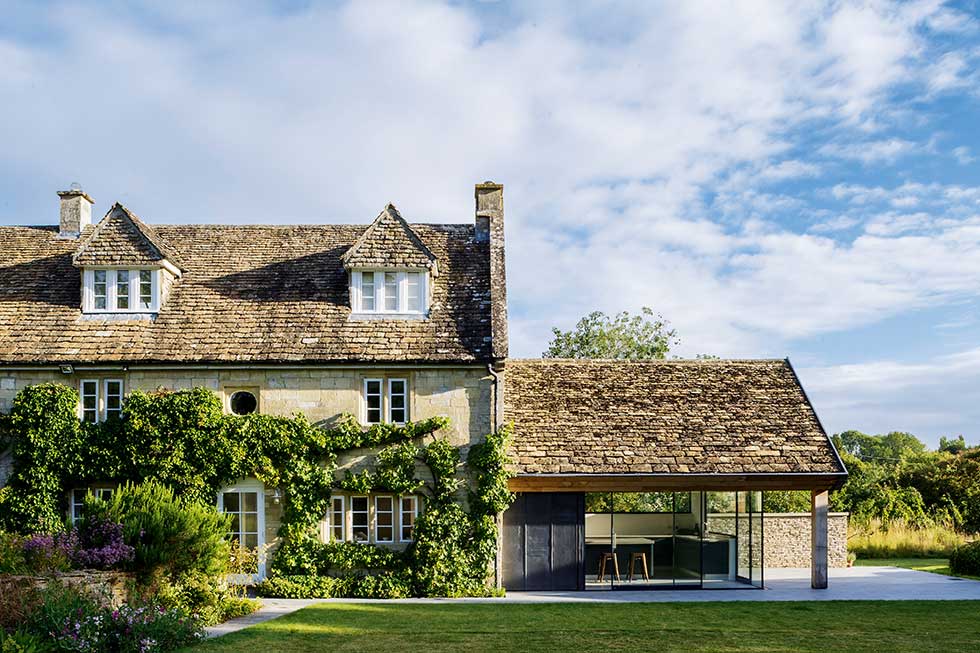
Do I Need a Building Report?
Whilst being able to spot major problems yourself is no substitute for a survey, it can help you decide whether or not it is worth forking out for one (£500-£1,500). Sometimes the cost of renovating a building, relative to its likely end value, is clearly so high that it is not even worth commissioning a survey.
If you do commission a building report, be aware of its limitations.
A surveyor can only make a visual inspection of a building and so cannot discover or reveal hidden problems. The report is unlikely to include a valuation unless you specifically request one and whilst the report should include a schedule of any remedial work required, sometimes listing repairs in order of priority, it is unlikely to give a written indication of the cost of those works. Although some surveyors may be willing to indicate likely repair costs, this part is usually down to you to find out.
How to Tell if a Rewire is Needed
Electrics in old buildings will often require updating — look out for old-fashioned fuse boxes, light switches, round pin plugs and fabric-coated flex.
Rewiring a typical three bedroom terraced house (90-100m²) will cost from £2,500-£3,000, including removing the old wiring, lifting and replacing the floorboards, and installing a new consumer unit, but excluding making good the plaster and decoration. The job should take a pair of electricians five to seven days.
You should be able to tell if a house has been rewired or not yourself by inspecting exposed parts of the wiring and by inspecting the electricity meter and fuse box (known as the consumer unit). Tell-tale signs are:
- an old-style fuse box with no circuit breakers
- a mixture of switch and socket styles, especially old round pin sockets or dolly switches
- any cabling other than modern PVC-insulated cable, coloured grey or white
How to Spot Signs of Damp
You can invariably smell damp before you see it, as mould and fungi are usually present, rapidly creating a musty or mushroom smell. You can also spot damp because of either the presence of water, damp patches, mould, wet or dry rot, white salt deposits on brick or stonework, and/or failing plasterwork on walls and ceilings. The key to understanding damp and its implications is to identify the source and then come to an appropriate solution.
Once a damp problem is resolved, any damage will have to be repaired, starting with the structure. Check all timber elements that have been exposed to damp, and get a specialist to look for signs of wet or dry rot or wood-boring insects. If evidence is found, lenders are likely to require chemical treatment and this will cost £800-1,500 depending on the extent of infestation
Old buildings without damp are the exception, so do not be too concerned about signs of damp as they can always be solved. First you need to identify the source of the damp and, once discovered, solving it involves simple and inexpensive repair or replacement.
In an old brick building a damp proof course can be created by injecting silicone into the bricks both inside and outside the building. For the average three bedroom terraced house this is likely to cost around £3-400 plus the cost of redecorating, (total cost £1,200-£1,800) as it usually involves replacing the damaged plaster from all ground floor walls up to a height above the level of the rising damp.
What are the Signs of Subsidence?
Are the walls and floors square and true? If not, the building may have suffered structural movement. Look for signs of cracks in the walls, especially around windows and doorways. The building may have moved because of the failure of structural elements which have led to the building bowing, twisting or spreading, or due to movement in the ground, know as subsidence (collapsing ground) and heave (rising ground). Buildings that have moved can be repaired and it is typical for a period house to have experienced some movement in its lifetime.
The important thing is to find out whether the movement is historical, dormant or active. Historical movement may have long since ceased and been corrected.
Cracks in plaster walls and masonry can look extremely worrying, but are frequently only cosmetic. Cracks to materials that are isolated, for instance a crack in a single brick, or a stress crack in a plaster wall adjacent to a window or doorway, are unlikely to be structural.
Where the cracking is more extensive and follows a pattern, i.e. a crack running through a series of bricks, there is likely to be a more serious cause. Typical causes are subsidence or heave in the ground which may necessitate underpinning beneath the walls, or the failure of the floor or roof structure.
Active movement is the one to be most concerned about, where there are visible cracks and failed structural elements, with signs of fresh dust and debris. Arches and lintels may be collapsing and windows and doorways out of square. The floors and roof may be damaged if the walls that support them have moved.
The building will have to be stabilised, possibly by underpinning or soil grouting, and then repaired. The work involved can be extensive and you should not proceed without specialist advice and detailed estimates for remedial work, which should be reflected in the purchase price.
Subsidence is where the ground level drops, and 'heave' is where it lifts. Both problems will manifest themselves in undulating and or cracked walls or floors. Ground movement typically occurs after a period of extreme rainfall or drought, where trees have recently been planted or removed close to the building, or where there has been localised flooding. Houses built in clay soils with shallow or no foundations are the most prone to this kind of problem.
The consequences of movement on the structure of a house can be dramatic and so this is an area where extreme caution and independent expert advice are required. A building can almost always be stabilised and repaired, but the issue is one of cost. Sometimes it can be cheaper and easier to demolish a property and treat the site as a plot, than it is to repair the problem by underpinning the walls with concrete.
In addition, the end value of a building once it has been underpinned can be severely compromised because buyers are likely to be wary of any continued risk, and because insurers may be reluctant to provide cover.
Before proceeding with any underpinning work, check for the proximity of drains, as a collapsed drain can cause ground movement resulting in cracks in walls that can be mistaken for subsidence.
How Was the House Built?
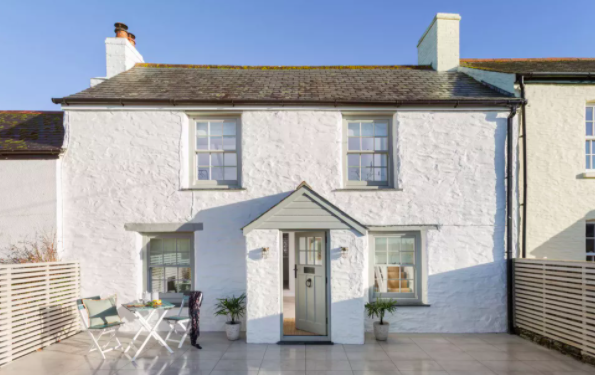
The materials and methods used in the construction of the original house will influence the type of materials used for its repair and renovation, and this will influence costs. Houses built post-WWI may have cavities and these can often be insulated for very little cost. Older houses are likely to have solid walls, built using lime mortar rather than cement, and so any repairs need to be on a like-for-like basis. Insulation will have to be added on the internal face of the walls, and it is important that the walls remain breathable to prevent damp problems.
Older houses may have little or no foundations and this will have to be taken into account when designing any extensions to prevent differential movement (to stop the extension from damaging the original house), and may limit the scope for alterations or building up additional storeys which will alter the loading on the building.
Will Windows and Doors need Replacing?
Replacing external windows and doors will cost at least £2,500-3,000 for a typical three bedroom semi-detached house and a great deal more for a larger property or where period-style windows are required. Check the condition of the windows: is the paintwork intact and the timber sound? If you can restore original timber windows, it is worth doing so and this is likely to be more cost-effective than replacement.
PVCu double glazed windows will cost from £100-£200 each and the same again for fitting. A new door will cost £100-£500 plus £100-£200 for installation.
Replace your original windows with caution, however, as they can be an inherent part of a buildings character and therefore its value. Original windows can often be repaired and this may cost less than replacing them with new windows in a sympathetic style.
In many areas, however, replacement windows are a must for all buyers and will add considerably more to the value of a property than they cost. Even so, it is worth paying considerable attention to the style and proportions, and which lights should be opening or fixed.
Assessing the Brickwork
Look for signs of wear on brick or stonework. Inspect the mortar joints to see whether or not they are worn and need repointing. Look at any architectural details like stone quoins and check their condition. Take a good look at the chimney to see if it is square and stable, and whether or not it needs repointing.
Examine all external decorative timbers such as bargeboards, finials, dormer window cheeks and soffits to see whether they need painting or replacing.
Minor cracks in cement render are rarely more than cosmetic and are inexpensive to fill and repair. If cracks are more severe, however, check that they are not a sign of structural movement by inspecting the blocks or bricks beneath. If the render has started to come away from the wall typically due to prolonged frost damage it will need to be removed and replaced. Render is a two coat process and will cost around 14-18/m² supply and fix.
Will a New Plumbing System be Required?
Many old houses were built either without bathroom facilities or have since had them added on the ground floor. Installing a new bathroom at first floor level is likely to cost around £800-£1,000, with a basic white bathroom set from one of the DIY stores costing around £250-£350. Creating the stud walling for a new bathroom out of an upstairs bedroom is likely to cost £1,500-£2,500 including finishing and tiling, but consider the implications of possibly losing a bedroom to make space for a new bathroom.
If you are altering, relocating or adding bathrooms it is worth considering whether you should replace the plumbing system. If you are going to be lifting floorboards anyway in order to rewire, or making other alterations, adding new plumbing, waste and soil pipes will be worthwhile. It is also a good idea to check that all of the drains are working. You can do this by lifting the inspection chamber and getting someone to pour food dye down each WC.
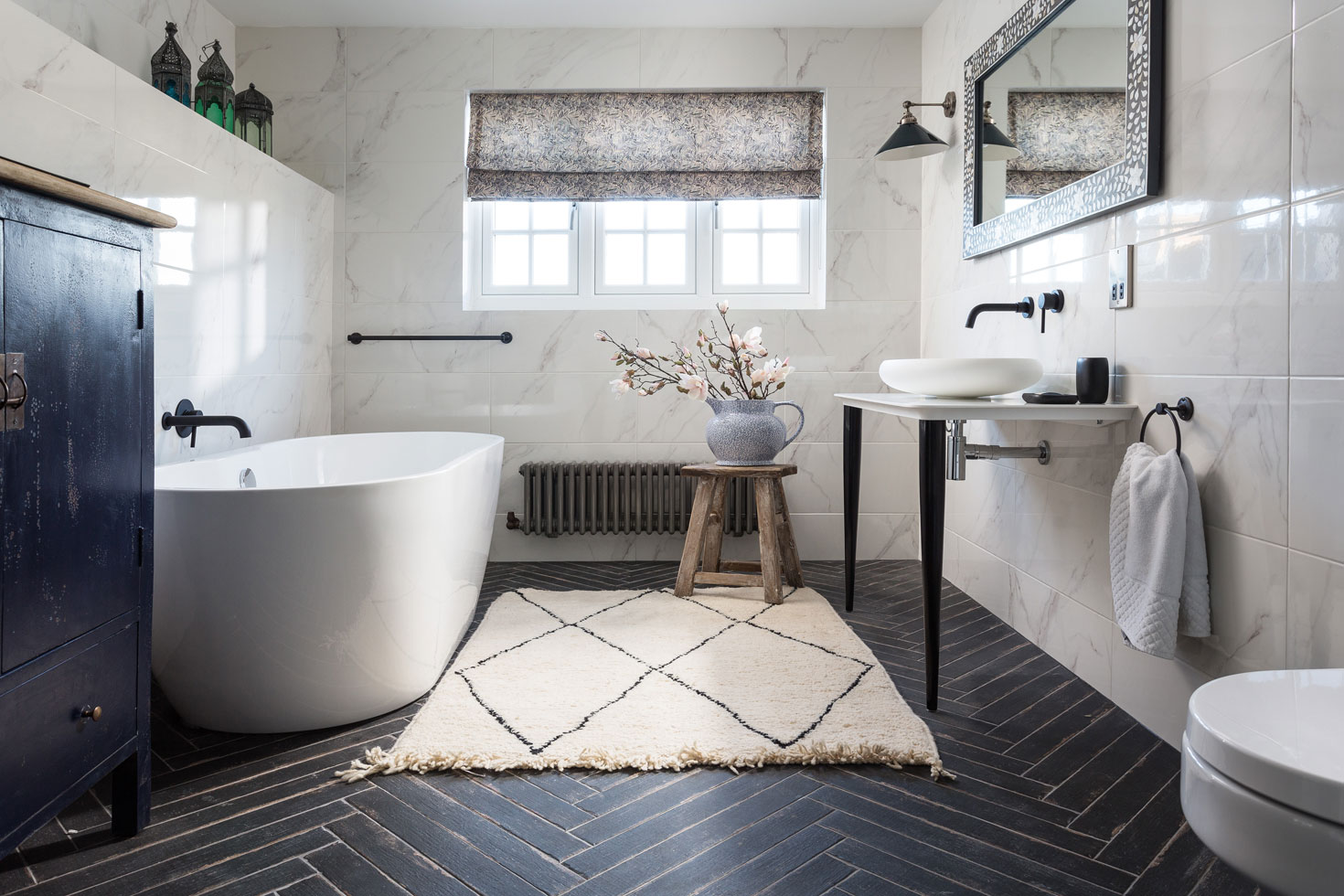
How to Test a Chimney Flue
These are quickly and easily checked with a smoke pellet — but do get the vendor’s permission before potentially smoking out the whole of the house. Repairing a chimney flue by relining it will cost from £600-800.
Will You Need a New Heating System?
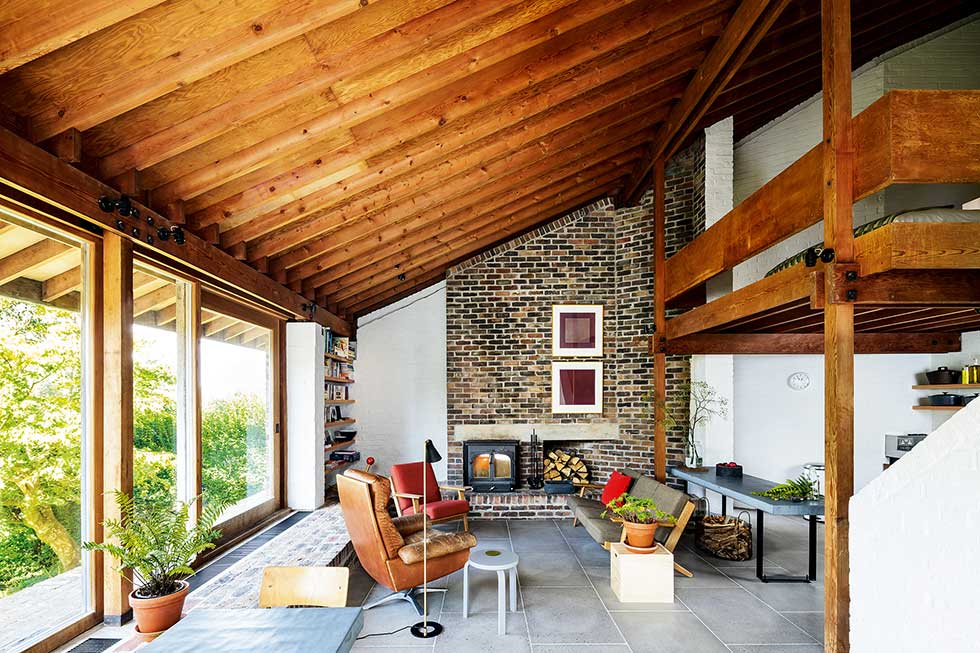
If there is a central heating system, find out what fuel it uses and the age of the boiler. Replacing a gas-fired radiator central heating system will cost around £2,000-2,500. A modern condensing boiler will be more energy efficient than an old model — replacing just the boiler will cost £900-1,400.
If the radiators are in good condition but there are cold spots, you may be able to powerflush the system and avoid replacement (desirable if there are old column radiators).
No radiators in a house should immediately alert you to the fact that there is no heating system in place. Sometimes, there may be electric storage heaters instead. Adding a wet radiator, gas central heating system to a three bedroom terrace will cost around £2,500-5,000 and will take a plumber eight to ten days.
Adding central heating is easily one of the most cost effective improvements you can make to a house and will always add more to the value of a property than it costs to install.
Replacement Rainwater Systems
A replacement PVCu rainwater system will cost around £400-£800 for a typical three bedroom terraced house however, the gutters and downpipes on an old property rarely need replacing entirely and wherever possible, original cast iron rainwater systems should be retained.
How to Spot Dry Rot
Dry rot is easy to identify the spores send out fungal strands along the timber and through/along any wall. These strands can become quite dense to form a mass like cotton wool, penetrating and destroying the timber.
The first sign of dry rot is often its distinctive musty smell when you lift a floorboard or even just the carpet. Getting rid of dry rot will cost around £1,000 for treatment by a specialist firm. Repair costs for replacing any damage are in addition to this, and can be extensive.
Some recommend the removal of all infected materials. The best way to prevent a recurrence is to improve ventilation and eradicate any damp.
What is Wet Rot?
Wet rot is hardly a problem compared to dry rot. It is basically the timber decaying naturally in the presence of high levels of moisture. Timber suffering from wet rot will feel spongy (even through a coat of paint) and look darker than the surrounding timber. When dry, the timber will easily crack and crumble into fine particles.
The cost of solving wet rot will depend on the damage it has caused to timber in the house. Repairs should be treated. The problem will not return if you solve damp problems in the house and improve ventilation.
How Much Will a New Roof Cost?
Roof damage will usually manifest itself in leaks inside the house. Typical problems will be broken or slipped roof tiles, missing or damaged flashings, damaged or missing underfelt, and worn pointing on verges. Providing the problem has been spotted early enough, the roof structure should not have been exposed to sufficient damp for it to require total replacement. Where timbers have been damaged due to exposure to the elements, they will need replacing.
Replacing or refixing a few roof tiles or slates, and repointing the verges, is not a major task and will cost £100-£200. If the damage is extensive, then it may be cheaper to remove the old roof covering and lay a new roof. The advantage of this is that the roof can be felted and battened to make it weathertight. Replacing the entire roof over a typical three bedroom terraced house will cost from £2,000-£3,000 including scaffold hire.
A collapsed ceiling is usually a sign that damp has got into the structure or that there has been a flood of some sort. Old lathe and plaster ceilings can be incredibly messy to remove as they produce a vast amount of rubbish. In most instances the ceiling will need to be replaced using plasterboard, fixed onto new, level ceiling joists, and finished with a skim coat. Costs are likely to be £400-£500 per room, including removal of waste. If the ceiling has not collapsed too far, you may be able to plasterboard over the original lathe and plaster ceiling instead, at a cost of £100-£200.
Spotting and Treating Woodworm
Woodworm is common pest in damp timber that can cause major problems if the damage is extensive. However, in most situations the damage is superficial (providing the holes are 2mm or less) and the problem can be eradicated using pesticides.
The problem can be more serious if the woodworm has managed to get into less accessible areas of the structure that cannot easily be treated. Before paying for any treatment, make sure the woodworm is still active and has not already been eradicated look for signs of sawdust around the holes. Pesticide treatment will cost from £600-£1,000 for an average house.
Where the ground has either expanded or shrunk due to a change in moisture content, it can have a dramatic effect on the foundations and walls of a building or its ground floor oversite slab if supported directly on the ground.
Subsidence is where the ground level drops, and heave where it lifts. Both problems will manifest themselves in undulating and or cracked walls or floors. Ground movement typically occurs after a period of extreme rainfall or drought, where trees have recently been planted or removed close to the building, or where there has been localised flooding. Houses built in clay soils with shallow or no foundations are the most prone to this kind of problem.
The consequences of movement on the structure of a house can be dramatic and so this is an area where extreme caution and independent expert advice are required. A building can almost always be stabilised and repaired, but the issue is one of cost. Sometimes it can be cheaper and easier to demolish a property and treat the site as a plot, than it is to repair the problem by underpinning the walls with concrete.
In addition, the end value of a building once it has been underpinned can be severely compromised because buyers are likely to be wary of any continued risk, and because insurers may be reluctant to provide cover.
Before proceeding with any underpinning work, check for the proximity of drains, as a collapsed drain can cause ground movement resulting in cracks in walls that can be mistaken for subsidence.
Get the Homebuilding & Renovating Newsletter
Bring your dream home to life with expert advice, how to guides and design inspiration. Sign up for our newsletter and get two free tickets to a Homebuilding & Renovating Show near you.
Michael is Homebuilding & Renovating's Director of Content, Vice Chair of the self build industry body, the National Custom and Self Build Association (NaCSBA), presenter of multiple property TV shows and author of Renovating for Profit (Ebury). He also runs an architectural and interior design practice, offering design and project management services. He is one of the country's leading property experts and has undertaken over 30 building projects including two self-builds and the renovation of a Grade-II listed farmhouse.
Michael has presented over 150 property shows for BBC, ITV1, Channel 5, UK TV Style, and Discovery RealTime, including I Own Britain's Best Home; Don't Move Improve; Trading Up; Good Bid, Good Buy; Build, Buy or Restore?; How to Build A House; and Hard Sell.
Michael is also a regular expert at the Homebuilding & Renovating Shows. He has written for leading British newspapers, including The Daily Telegraph, Sunday Times, Daily Express and The Independent and has appeared on news programmes such as BBC Breakfast.

